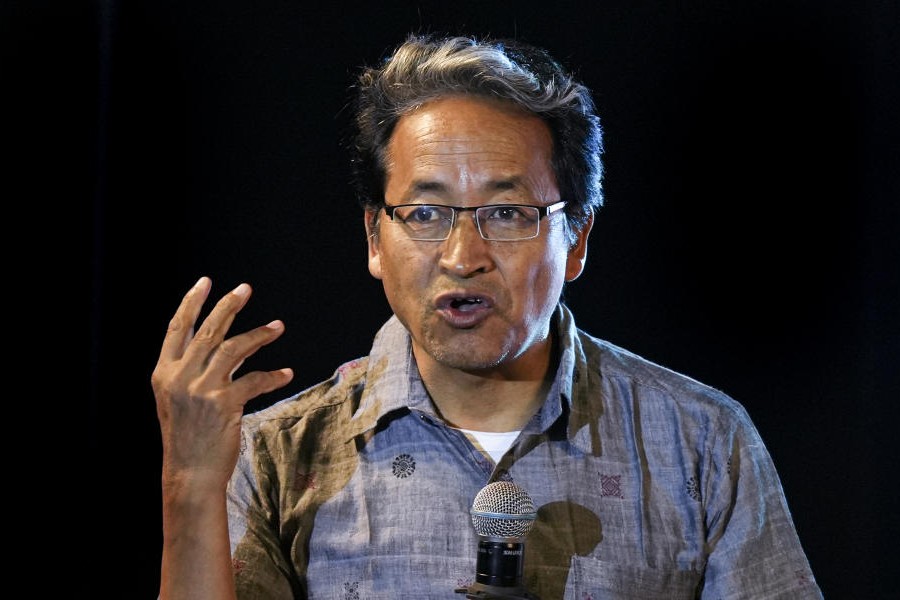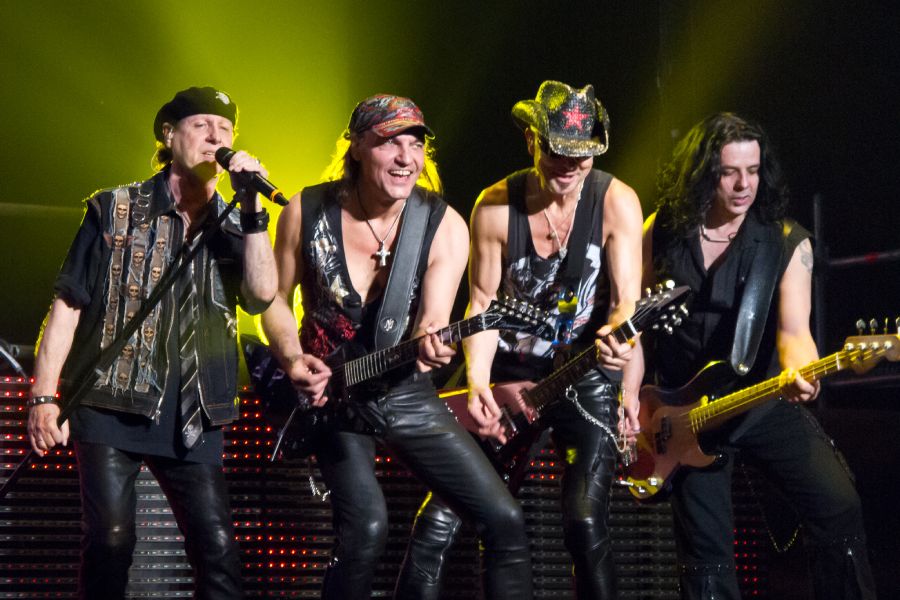 |
Commenting on the Bombay of the 19th century, the sociologist, Meera Kosambi, points to its growing population: a “large spectrum of racial, religious and linguistic diversity, arranged within a broadly hierarchical and non-competitive pyramid”. At its apex were the Europeans followed by the mercantile communities, mainly Parsis and Gujaratis, while Marathi-speakers — by far the dominant group — were the non-commercial literary elite as well as the backbone of the clerical and labouring categories. Kosambi adds that until the mid-19th century, urban Bombay consisted of the Fort or the ‘European Town’ and the Native Town that spread out north of the Esplanade. While the mercantile communities resided close to the Fort, the Maharashtrian population lived in the more sparsely populated peripheral rural areas. Not surprisingly then, well into the middle of the century, urban Bombay comprised the Fort and the Native Town, and it was not until 1864 when the first census of the island was taken that the semi-rural localities known as individual towns and villages became encapsulated into Bombay city.
Kosambi draws attention to the fact that the first detailed description of the fast-growing region was written not in English but in Marathi by Govind Narayan Madgavkar. Apart from a brief history, the author regales the avid reader with details of many sites — the docks, cotton mills, educational institutions and hospitals — and also provides a sneak peek at prominent personalities. He wrote of the “marvellous things” that lured many to migrate to this region of “tall mansions, huge buildings, lovely bungalows, and parks and gardens”. Contemporary accounts by foreign visitors, too, could not but notice the increasingly varied character of the area and, after a second visit in the 1890s, the English poet and journalist, Edwin Arnold, wrote of the “tide of seething Asiatic humanity [that] ebbs and flows up and down Bhendi bazaar”; he also noted that the streets of Bombay were crowded with “Arabs from Muscat, Persians from the Gulf, Afghans from the Northern frontier, black shaggy Biluchis, negroes of Zanzibar, islanders from the Maldives and Laccadives, Malagashes, Malays, and Chinese throng and jostle with Parsees in their sloping hats, with Jews, Lascars, fishermen, Rajpoots, Fakirs, Europeans, Sepoys and Sahibs”. Clearly, one has to put aside Arnold’s rather alarming lack of ethnic sensitivity and concentrate on what he was saying: Bombay by the end of the 19th century was a polyglot, multi-racial melting pot, heavily dependent on the coexistence of newer modes of transportation such as the train and the ocean liner with the ancient dhows of the Arabian Sea.
The “magnificent new railway station” (Arnold) caught the immediate attention of many. Calling it a structure built as a grand “culmination of the canonization of steam”, Bill Aitken reminds us that at the time, the Victoria Terminus (today’s Chhatrapati Shivaji Terminus) was the largest 19th-century structure; its grandeur apparently led a dyspeptic vicereine to comment that it was “too good for the natives”. Built in the Bori Bunder area, the station was completed in 1887 to commemorate the Golden Jubilee of Queen Victoria. Combining various architectural styles with a certain degree of over-the-top panache, the architect, F.W. Stevens, thought nothing of creating what was to be a purely functional building on the lines of an artefact; nor apparently did the government of India demur at footing the bill. Such is the story of commemorative buildings. A flight of imaginative fancy could have us ruminating on generations of bustling travellers’ responses to questions on whether they had ever had the time or the inclination to admire the elaborate dome or notice the embellishments and nooks so carefully positioned. Undoubtedly, even if irritation rather than surprise had been the usual response, hardly any traveller would fail to admit the role of the station in bringing India closer.
When, in the 1880s, Yamuna, the heroine of Hari Narayan Apte’s social novel, Pan Lakshyat Kon Gheto!, first saw Victoria Terminus, “the very sight of that huge station frightened [her]”. Stevens’s creation had thoroughly intimidated the young woman — “the reaction aroused by the sight of this enormous station can be imagined only by one who has undergone the experience,” she commented. Although she was bewildered by what she had seen from the train window — mills and chimneys “touching the sky” — there was much more to come. The buildings were already seven storeys high as against the more modest three storeys of Poona to which Yamuna was used and, finally, there was the miracle of the tramway. While the multi-storeyed building no doubt brought a new kind of lifestyle where the front door could shut the world out, it was quite a while before the bungalow was to disappear.
Bombay was an exciting and interesting place to be in, one where middle- and upper-class women found space for greater gender equality. Apte’s Yamuna might have been daunted by the size and grandeur of Victoria Terminus but she was soon to revel in the free atmosphere of a city where mixed social gatherings were not unknown. For these of course, appropriate attire was de rigueur, and progressive sections among the Parsi and the Muslim communities had done much towards developing the sari, new ways of draping it and using accoutrements, particularly the blouse. It was after all in the Bombay of these days that Jnanadanandini Tagore observed Parsi women’s draping of the gara — sari — and the use of the sudreh — undershirt — and jacket (see photograph of Lady Bachoobai Nowroji Vakil). As the wife of Indian Civil Service officer Satyendranath Tagore, a suitably attired Jnanadanandini went to soirees, parties and meetings with her husband as well as to zenana gatherings meant for women only. She was soon writing back enthusiastic letters to members of her family in Calcutta about the sari blouse. In a society where women still did not wear stitched garments, the introduction of the blouse was liberatory indeed.
By the time Atiya Fyzee, from the well-known Tyabji clan, came to live in Bombay — she was born in Istanbul — it was more than acceptable for the girls and women in the family to be educated and to host zenana gatherings. As Siobhan Lambert-Hurley and Sunil Sharma write in Atiya’s Journeys, Atiya and her sisters were sent to study at the Zenana Bible Medical Mission — today’s Queen Mary’s High School for Girls — located conveniently near their home in Mazagaon in south Bombay. As the area had been possibly established by the Portuguese, it had a substantial Catholic population, providing a natural catchment area for the school. While the family was not unduly worried about the chance of proselytization, the girls were given additional lessons in Urdu, Persian and the Quran and might even have had an English governess to teach them the piano and singing. Even more important was their role in the late 1880s in the setting up of the Tyabji ladies’ club, Aqd-e Surayya , Necklace of Pleiades. This was no casual adda group for women in the family — rather it had a constitution, minute book, and after 1910, a rule book. Eschewing strict purdah norms, the club invited both “gentleman and ladies” to meetings, provided the appropriate office-bearer had granted permission. Members were keen learners and were soon to be greatly excited with and involved in the series of talks spread over eight months given by their cousin Ameena on her travels in Europe. This was in 1894, and a little more than a decade later, Atiya was to board the P&O liner from the bustling Bombay docks. She was on her way to London to train to be a teacher.
Illness interrupted Atiya’s ambition and although she did not finish her course, she had learnt and imbibed enough to join the unique Tyabji custom of writing journals and autobiographies. The tradition was apparently started by Camruddin, older brother of Badruddin Tyabji, an early president of the Indian National Congress, and soon various branches of the family in Bombay and elsewhere were also keeping detailed notebooks in each home. Known as Akhbar ki Kitab, five such volumes of these accounts written between 1860 and 1878 are part of the Fyzee collection that is housed in Bombay University. A rich repository indeed of life in this evolving metropolis. For a dominant leitmotif that links present-day Mumbai to old Bombay continues to be its amazing pot pourri character, memorialized in celebrated buildings, memoirs, fiction and, of course, Bollywood.











